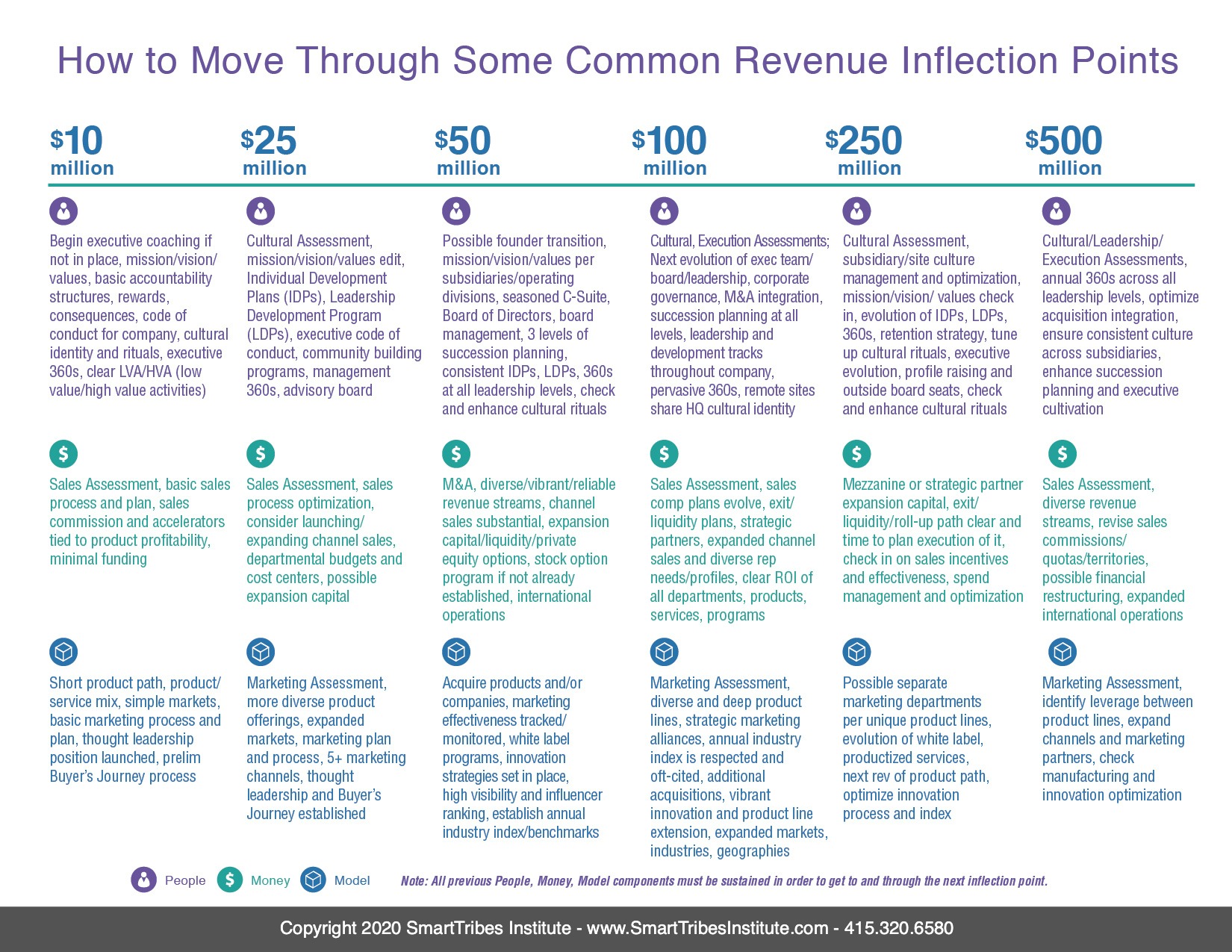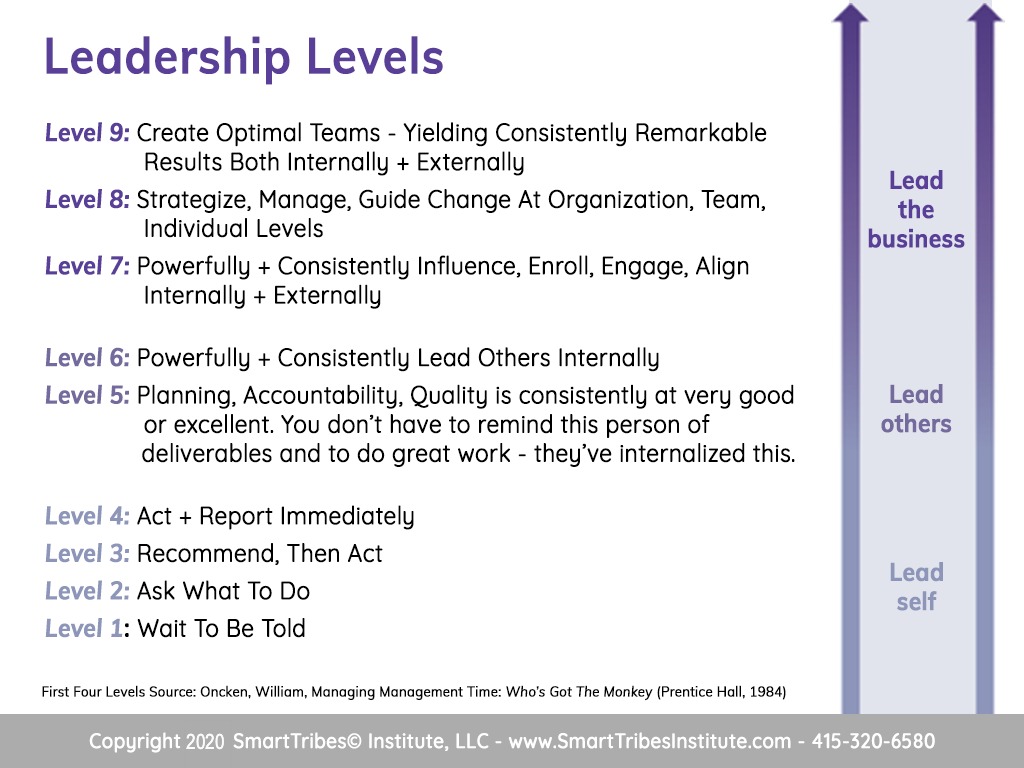
Losing It? So Is Everyone Else — Research Provides Answers
June 5, 2020
Beat Zoom Fatigue In 4 Neuroscience-Savvy Steps
August 19, 2020
*As originally seen on Forbes.com
Why do we make hiring and recruiting mistakes? Or even role assignment/placement mistakes?
Often it’s because we’re rushed, we don’t have a process that has been proven to be successful, or we don’t have a clear profile of who we truly need in a specific role.
But also it’s because we don’t leverage neuroscience.
The Proven 3 Step Process To Get The Right Person In The Right Role Every Time
So how do you get the right person in the right role? It’s actually easier than you think. It requires a proven process, and that you don’t cut corners.

Credit: Getty
1. Figure out where you are on the Inflection Point chart. See the chart below so you know the main people, money, model challenges and opportunities your organization is in the midst of—and are around the corner. Look 1-2 years out and sketch out the org chart you’ll need. Some of our coaching clients prefer a 1 year and 3 year org chart. We help them develop the plan for the immediate hires (so they can achieve the 1 year org chart with everyone at solid performance), then we help them create the organizational infrastructure to support their next inflection point of growth.

2. Once you have clarified the roles you need, dive into who the right person truly is. For this you’ll need:
a. The leadership level appropriate for the role (how much ownership do you want them to take?) What makes sense for this role? Check here:

b. An impact description to ensure we know exactly what a great fit will be and what they’ll own. Here’s an example.
c. If the role is senior, map out their decision space (what exactly will they have decision authority over). Here are some examples.
All of the above will cause emotional engagement in the candidate’s brain: oxytocin (yes! These are my people! I’ve found them), serotonin (wow, does it feel good to know I’ve found my tribe), dopamine (I can’t wait to see what we create together!).
3. Make sure that your recruiting process is working. The following makes all the difference (and see the proof below):
a. Post the Impact Description I mentioned above – you’ll get fewer candidates, but they’ll be the right fit.
“From May 9 through July 8 we ran an ad online. We had 14 applicants, two people were interviewed, and zero people were hired.
Then we used STI‘s Impact Description format. Within *one week* we had 25 applicants, nine interviews and seven very solid candidates. STI’s Impact Description format made all the difference!”
~ Justin Rodriguez
Talent Acquisition Manager, Principle Auto
b. Screen for Value Alignment digitally – if they aren’t aligned with your values, they won’t fit in with your culture. You can simply set up an auto reply with 3-5 values questions and direct candidates to send the answers to a 2nd email address. When you read their answers to the values questions, you’ll know who’s aligned with you and who isn’t.
“We integrated your strategy for recruiting for value alignment and high accountability into our process. It worked out very well.
We had 70 applicants for the position. Each applicant received an email from us and requested that they answer some values questions. 25 out of 70 responded! 7 were contacted and brought in for interviews. 2 were brought back for more than 2 interviews and we just selected the candidate today.
I think this approach took 30 or more days off the process plus we calculate that the process saved us 60 team member-hours per candidate.
The process also gives you more insight into the individual and you feel you know them a lot better which takes the risk off.”
~Steve Ostanek
President, Neundorfer, Inc.
c. Screen for safety, belonging, mattering and meta programs. You’ll learn more by following the links I just mentioned, and here’s a quick summary:
To discover the SBM Trigger of your candidate:
Ask: What is most important to you at work—please list in order of importance:
- You’re in a team that has a plan, people have your back (this shows safety is important)
- You’re part of the team, you have equal value to others (this shows belonging is important)
- You’re acknowledged and appreciated for your unique contributions; you are making a difference (this shows mattering is important)
To discover the Meta Program profile of your candidate:
There are many Meta Programs —about 60—per Leslie Cameron-Bandler. Think of each Meta Program as a color and each person a unique artwork formed by the combination of those colors.

Here are the Meta Programs our clients find most impactful when recruiting:
- Direction: Toward-Away. Are you motivated to go toward a goal or away from pain? Think salesperson versus accountant: what criteria do they assess situations with?
- Reason: Options-Procedures. Do you like to have many options and choices, or prefer a proven step-by-step process? What feels right to you?
- Scope: General-Specific. Do you feel comfortable with a high-level overview, or do you want specific details? When describing something, do you start with the details or the summary?
- Orientation: Active-Reflective. Do you have short sentence structure and high action, or do you want to think about things first, using longer sentence structure with many clauses?
- Source: Internal-External. How do you know you’ve done a good job? Through external feedback or internal monitoring?
So during the interview…
Ask: What do you enjoy most at work/what makes work fulfilling? Why?
Listen for achieving goals/accomplishment [Toward] OR solving problems/mitigating risk [Away]
Ask: Think of a recent large purchase (like a car, home, etc.) or a big decision you made recently. Why did you choose the specific item you chose?
Listen for having lots of options, choice, possibility [Options] OR having a proven process OR a story that had a number of steps that ended with the choice being made [Procedures]
Ask: Tell me about your weekend.
Listen for high level, net-net, executive summary [General] OR details and specificity [Specific]
Ask: What’s your approach when solving problems? How do you decide what to do? How do you do it?
Listen for take action, charge forward, do it now, high bias to action [Active] OR consider, ponder, understand, analyze, THEN take action [Reflective]
Ask: How do you know you’ve done a good job?
Listen for external proof: achieve quota, win the contest, get praise from boss [External] OR “it’s a feeling, I know I’ve done my best” [Internal]
For more on all the above please see our Recruiting Process.
Here come more good feelings and firing of hormones and neurotransmitters in the candidates and even the hiring manager’s brains. Woo hoo!
d. Use whatever tests you like best. Our clients like Caliper, Kolbe, Predictive Index, Achiever, Topgrading, More Than A Gut Feel among others.
Tests are a good idea to check ourselves so we don’t get too excited—let the prefrontal cortex (the analytical part of the brain) take over here and ensure the data backs up all the good feelings.
The Net-Net
- Using some basic brain-based tools can help you screen candidates more effectively
- It’s essential to move beyond the “rock star moment” of the interview and ask self-revealing questions to find out who the person truly is
- Using these tools will save you time and heartache
How’s your recruiting going?




